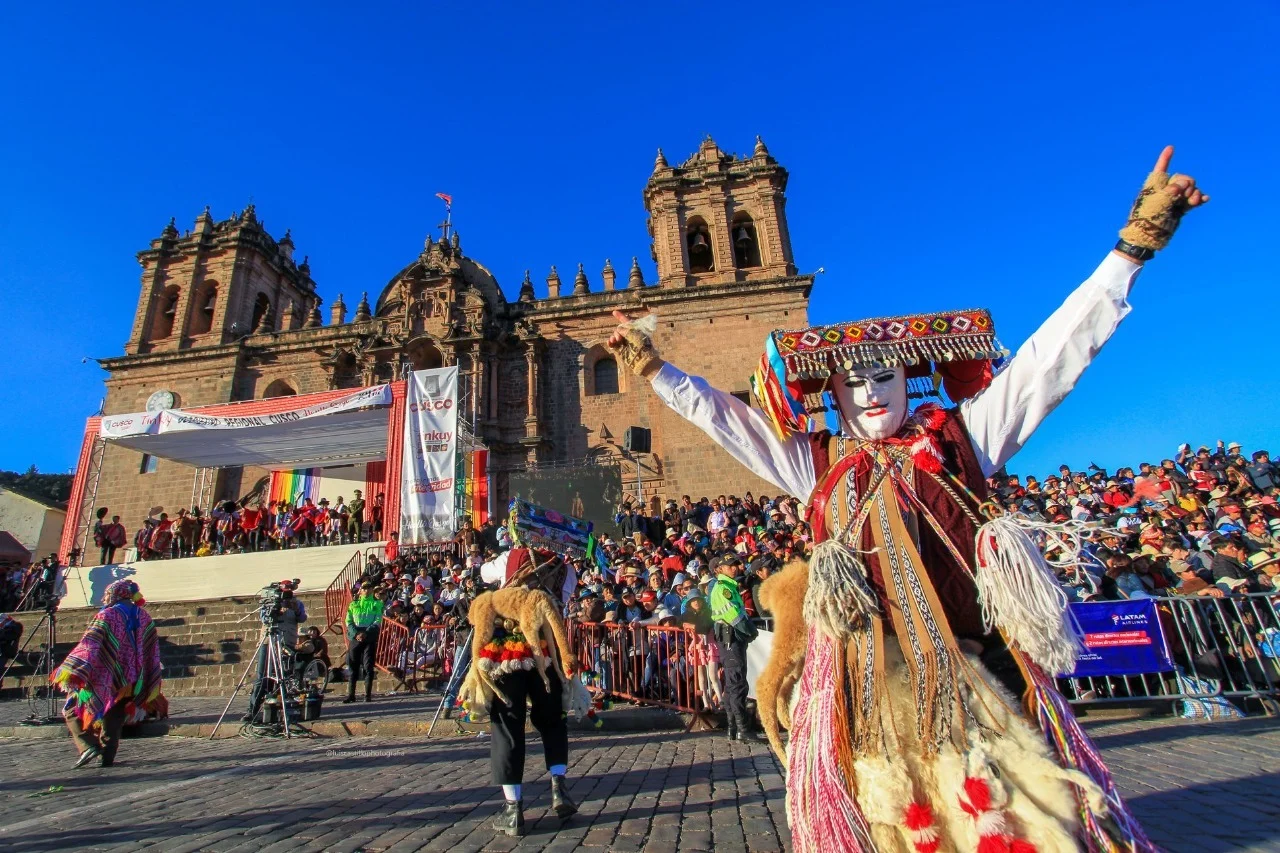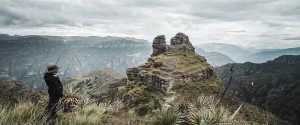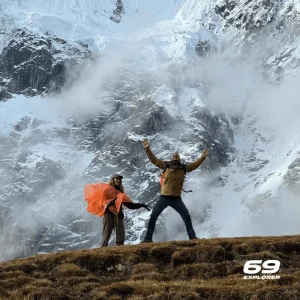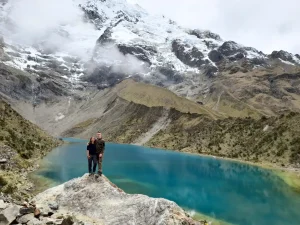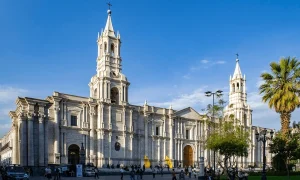By February, Cusco moves at a different rhythm. The rains are still present, the air smells like chicha, and drums echo through every neighborhood. Decorations add color and joy, setting the tone for weeks of festivities. Carnival in the Andes blends ancient local traditions with the religious celebrations brought by the Catholic faith.
Contrary to the common belief that the dry season is the only ideal time to visit Cusco, these rainy-season celebrations offer one of the best cultural displays of the year. In this blog, I want to share my impressions of this joyful period. Weeks filled with traditional parades, dances, water fights, and blessings of the harvest that reveal the most vibrant side of local life
Heart of the Celebrations
Día de los Compadres y las Comadres:
These celebrations mark the beginning of Carnival. They take place on the first and second Thursday before Carnival Sunday. Godfathers and godmothers are honored with parades, and churches bring out their saints for processions accompanied by dances. The traditional puchero is prepared and enjoyed. Artists create humorous or critical figures that comment on social and political issues.
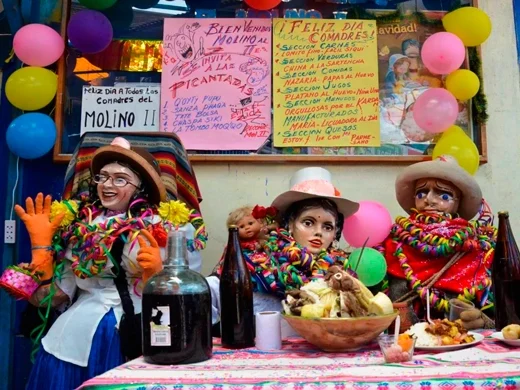
Día Central:
The main day of Carnival is known for playful water-balloon fights, colored powders, serpentines and foam, an open invitation to joyful chaos. There are also processions and displays of Catholic devotion that mark the start of the religious Quarantine.
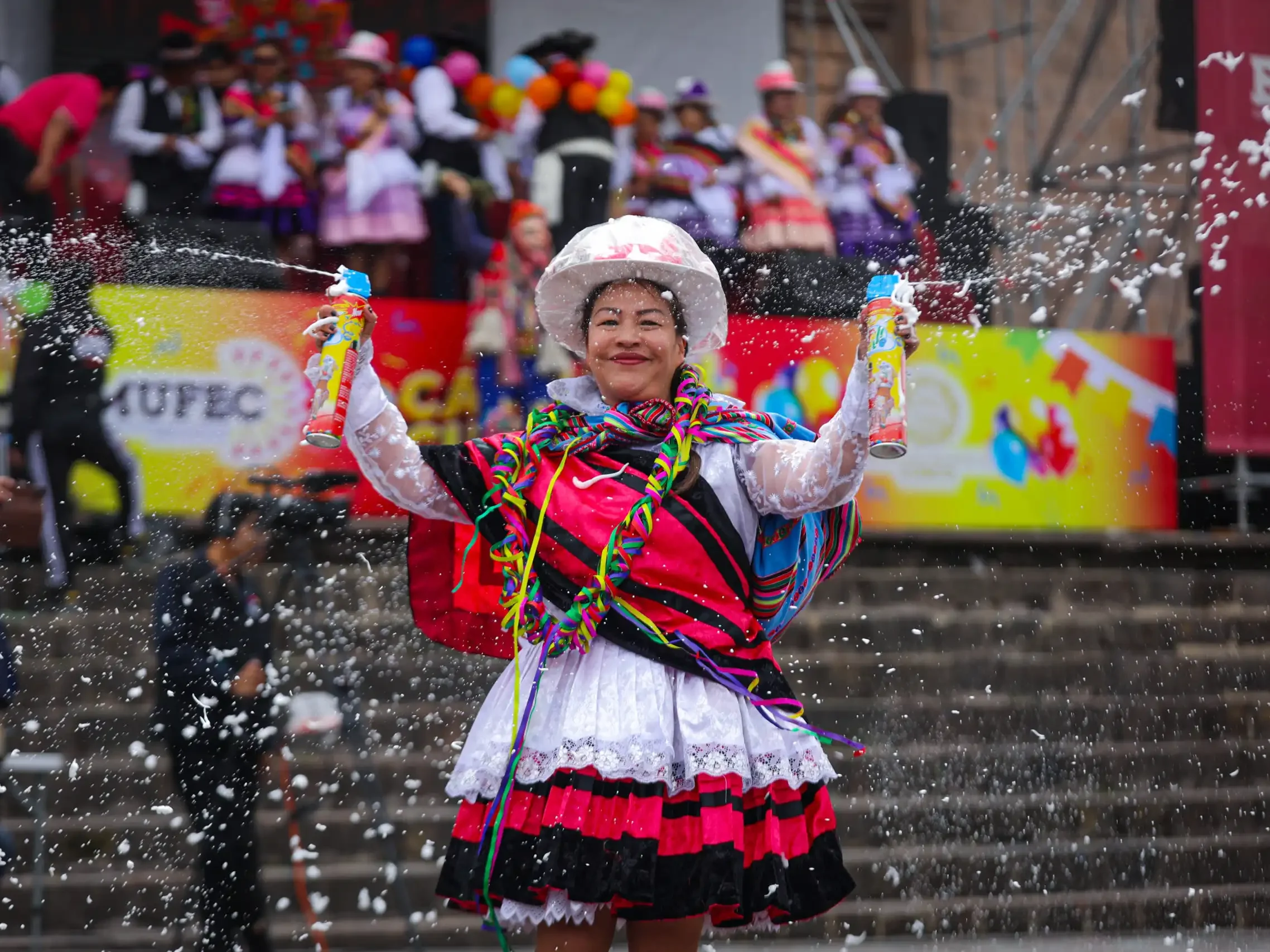
Kacharpari:
This celebration marks the end of Carnival. The last parades and dances take place, and it is also the final opportunity to enjoy puchero before the season comes to a close.
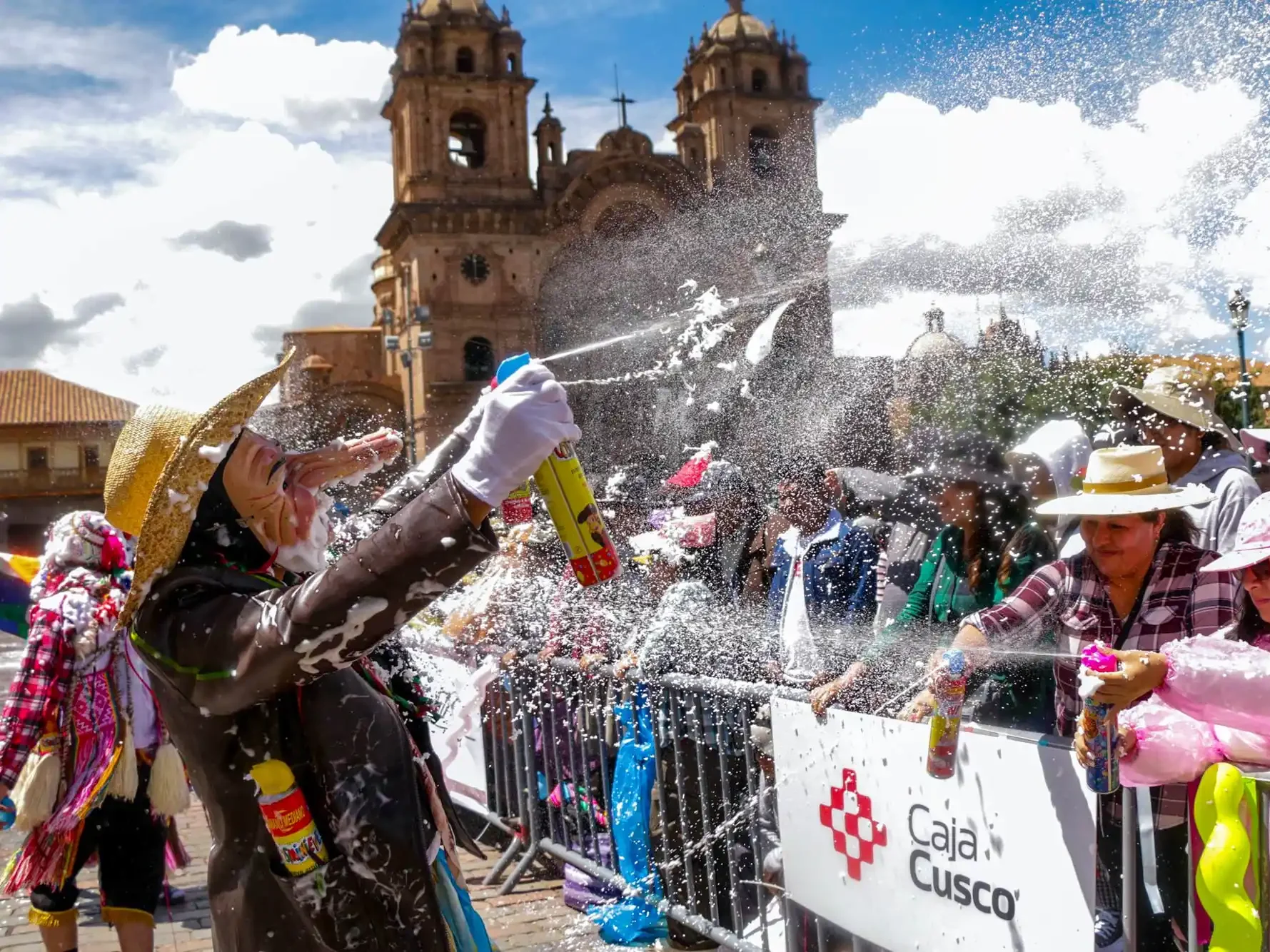
The Yunza:
A tall tree is set up in an open space and decorated with balloons, streamers, buckets of water, and hanging gifts for children and adults. Communities gather around it, dancing in a circle while taking turns striking the trunk with an axe. When the tree finally falls, everyone rushes to collect the gifts, and the person who delivers the final blow becomes the host for next year’s Yunza.
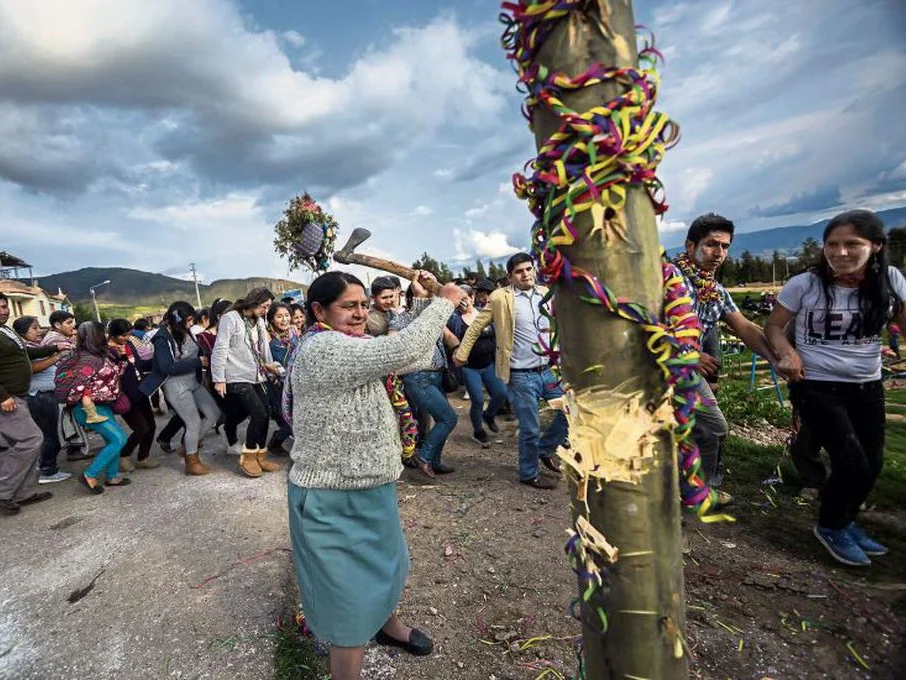
What to Do Between Celebrations?
Carnival extends over several weeks and is celebrated across the entire region. Traveling around Cusco during this time allows you to experience the unique character of each community’s festivities and adds depth to your cultural immersion.
My top three activities from Cusco are:
Taking a break between celebrations to explore the outdoors is perfect at this time of year. Crowds are still low, and you can enjoy these activities more comfortably.
Where to Stay?
Although this is not peak tourist season, accommodation prices can increase slightly. If you plan to stay longer to enjoy the festivities, choosing flexible lodging options may be a good idea.
In Cusco, staying near the Plaza de Armas is ideal. Many of the celebrations happen in this area, and it provides easy access to other districts. A good option is Sam Apartment, an Airbnb unit in a strategic location.
In the Sacred Valley, you can combine visits to major Inca and pre-Inca archaeological sites with a trip to Machu Picchu. We recommend staying overnight at Andenes del Inca in Ollantaytambo, the gateway town to Machu Picchu, works perfectly.
Beyond Carnival
A visit to the Imperial City of Cusco is always worthwhile. From this travel hub you can join many of the region’s most beautiful tours, immerse yourself in local culture, explore the Andean backcountry, or dive deeper into its rich history.
If you enjoy photography, authentic cultural experiences, local festivities and learning about different ways of life, this is the perfect season to be in Cusco. With dramatic landscapes, fewer crowds and a wide range of activities to join, Carnival offers a truly memorable time to visit.

